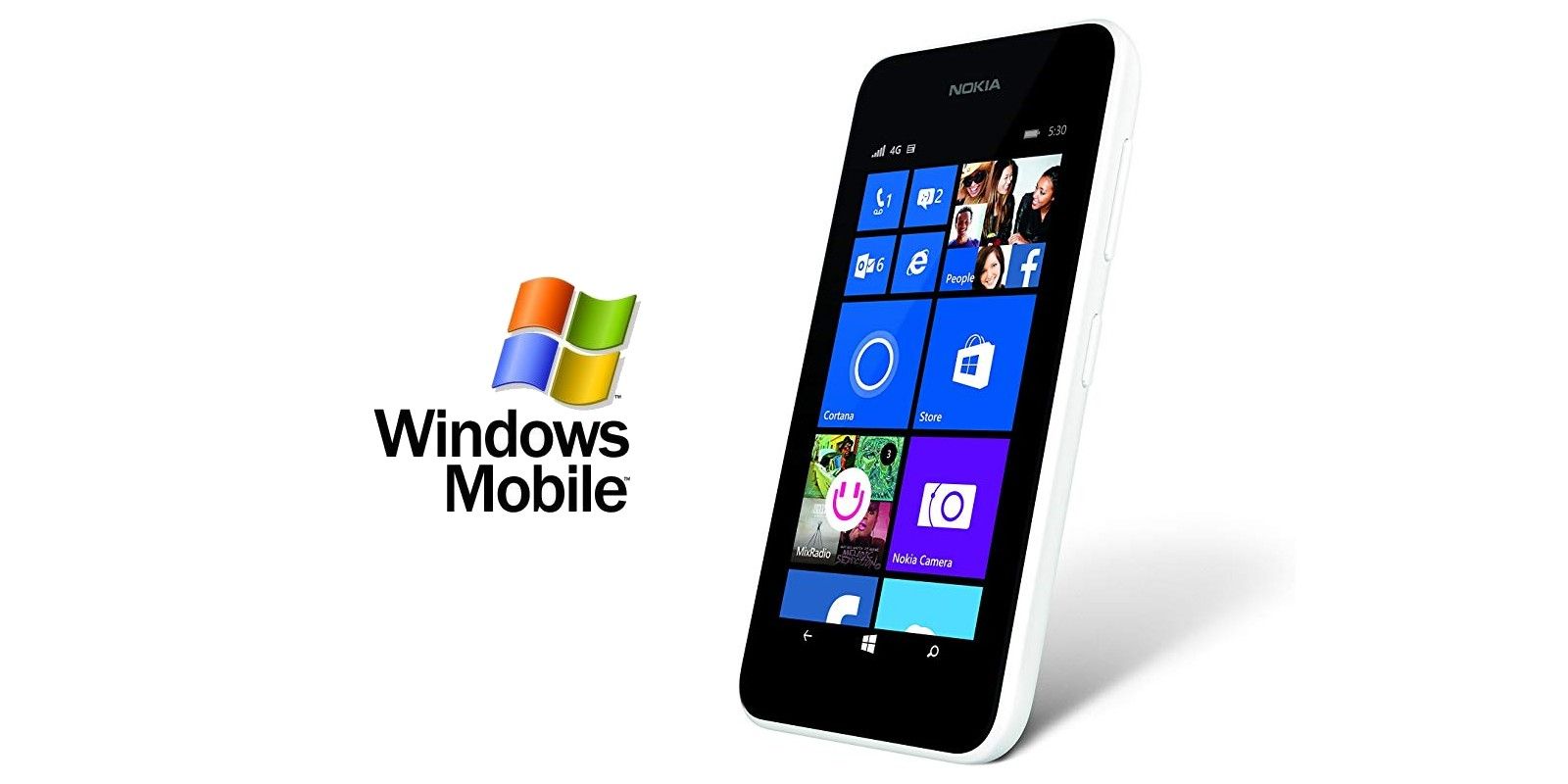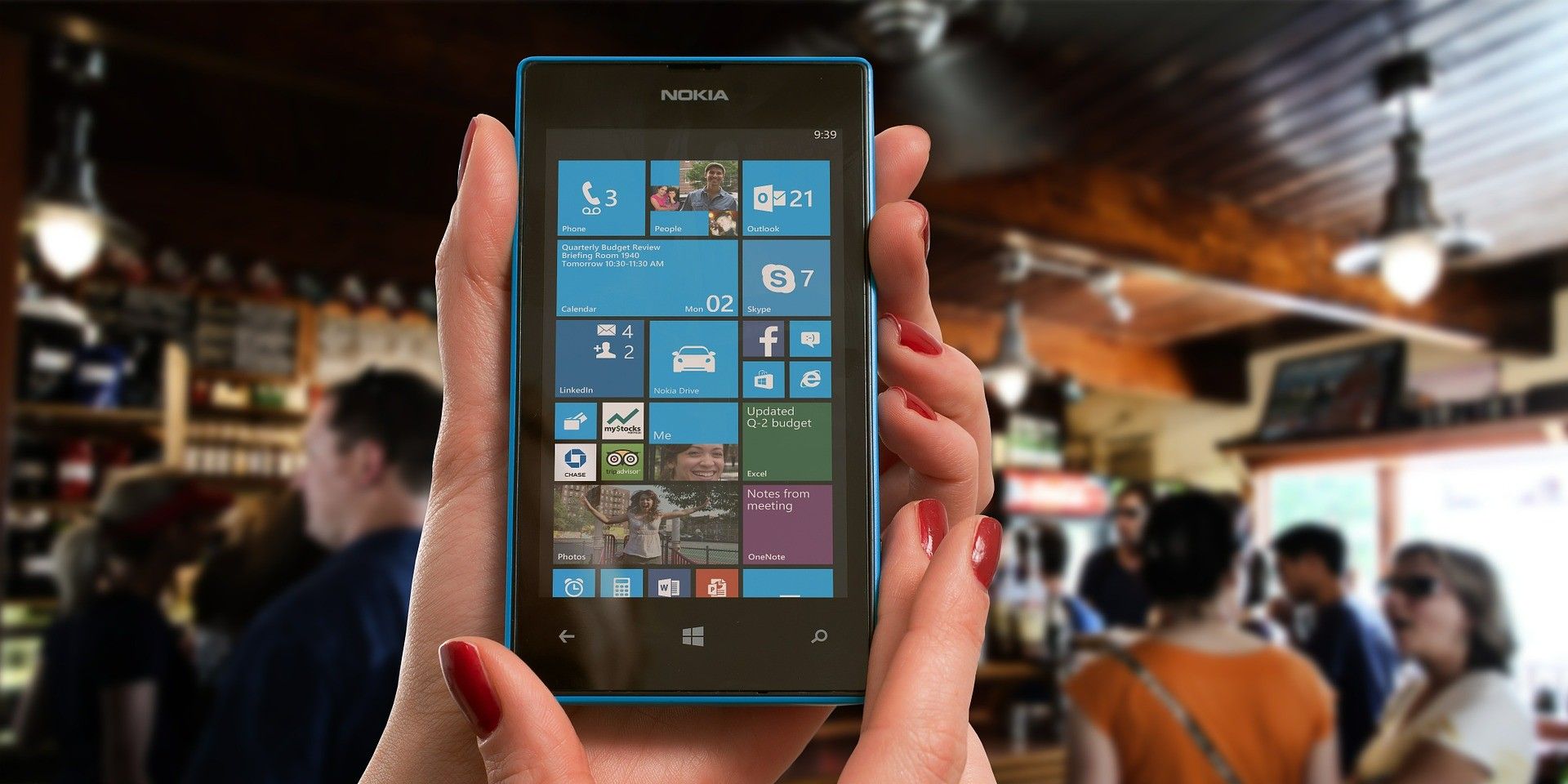Microsoft Windows phones have gone from being pioneering trailblazer devices worthy of geek envy to mere footnotes in the evolution of mobile computing - and the downfall all happened in the span of about 10 years. But what happened to the once promising mobile smart operating system? While other competitors like BlackBerry were able to thrive after the launch of the iPhone (at least for a while), and more main stream competitors like Android became a breakout hit, why did Windows Mobile fail to catch on?
When Windows Mobile begin is up for debate. Microsoft released a series of supported devices starting in the mid 90s that ran an an operating system called Windows CE. But for our analysis, we're going to focus on devices released in the early 2000s up until the eventual downfall. These were some of the first smart devices to have full media capabilities and offer a rich browsing experience. Early windows Mobile devices were typically referred to as PDAs, personal digital assistants, because they weren't always phones. With the advent of 2.5G EDGE connections, the dream of having a mobile computing experience was now real.
The downfall of Windows phones truly began with the announcement of the Apple iPhone. It was at this point that the world realized that the concept of what a smart phone is was about to change. Prior to the release of the iPhone, smart devices and PDAs were existing solely in the realm of business power users and tech geeks. By 2008, Windows Mobile was still in full swing with devices from companies like HTC and Sony Ericsson acting as flagships for the operating system. While these devices were useful, they never caught on in the main stream, and never became objects of desire. Simply put, nobody wanted one. They might have one for work, but it was never a status symbol or a fashion accessory outside of geek circles.
The 2010's And The End Of Windows Mobile
The 2010s is where Windows Mobile met its end. With the recent release of Windows 8, Windows Mobile shifted into adapting the design methodology of Windows 8 that Microsoft called Metro. Metro presented users with a series of tiles instead of a row of apps. The tiles had the advantage of being live and interactive. They could show live data such as weather reports or emails – similar to Android widgets today. However, users found the tiles to be confusing and overwhelming. The same can be said for Windows 8 which is generally considered to be one of Microsoft biggest blunders since Windows Vista.
Microsoft wanted to have its own flagship hardware maker, which led to the eventual purchase of the once-juggernaut Nokia. Unfortunately, this relationship proved disastrous and the public simply was not interested in Windows Mobile and it's Metro design. It was at this point that most technology commentators decided that Windows Mobile was dead, whether Microsoft wanted to admit it or not. However, it was not until 2017 that Microsoft officially announced the end of Windows Mobile.
Microsoft's failure to transition successfully into mobile computing just shows how difficult and different this technology sector is. Apple has in many ways defined what a mobile device is and Microsoft tried to make its own path. While many of their design methodologies were admirable and interesting, the public just wasn't interested enough. Thankfully for Microsoft, the company still has a huge collection of respected brands that are still dominating various markets today.


